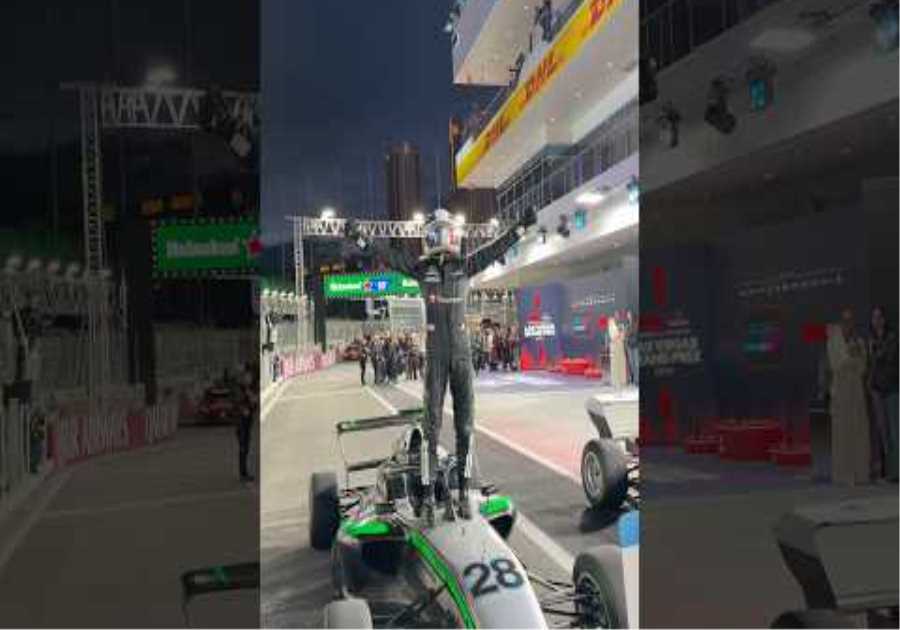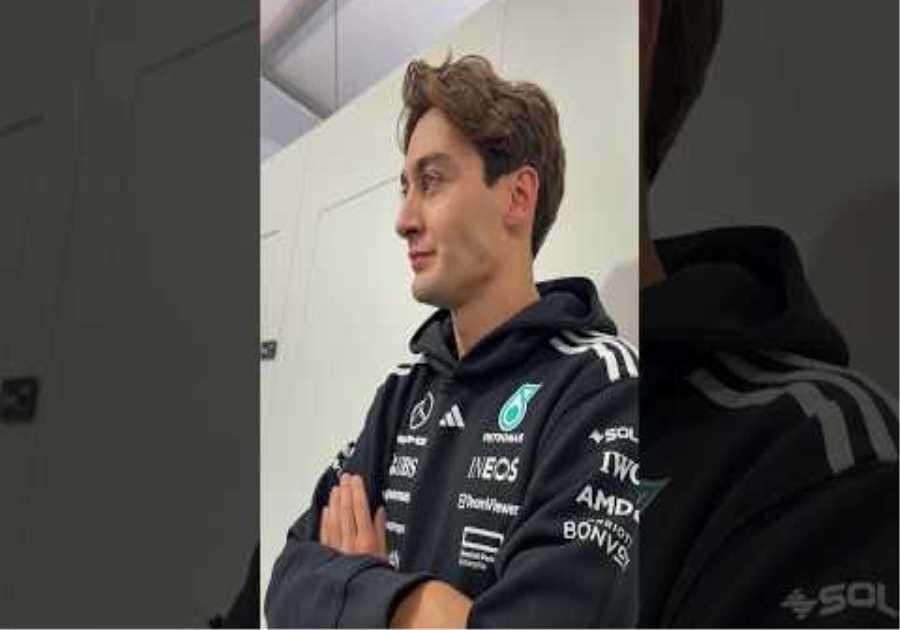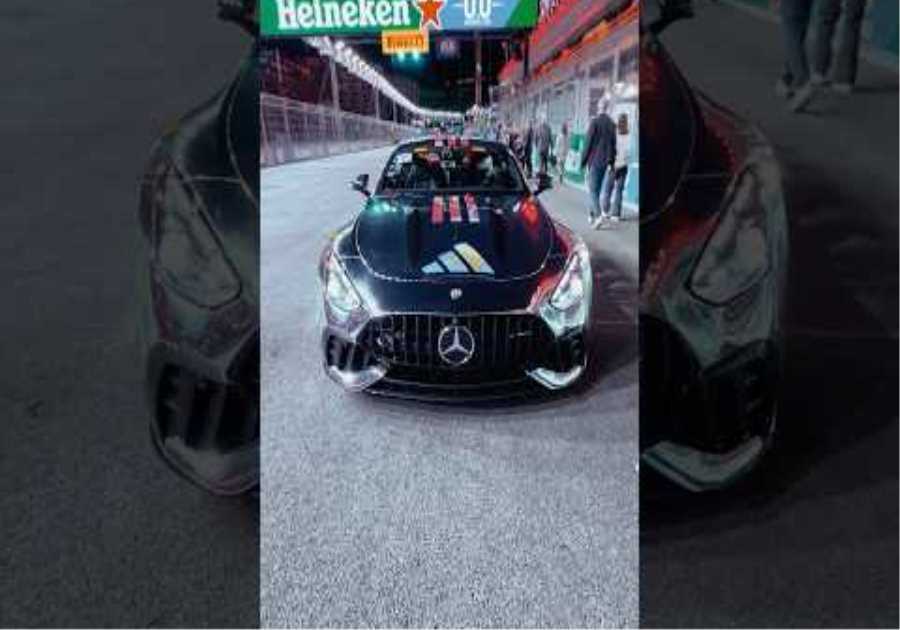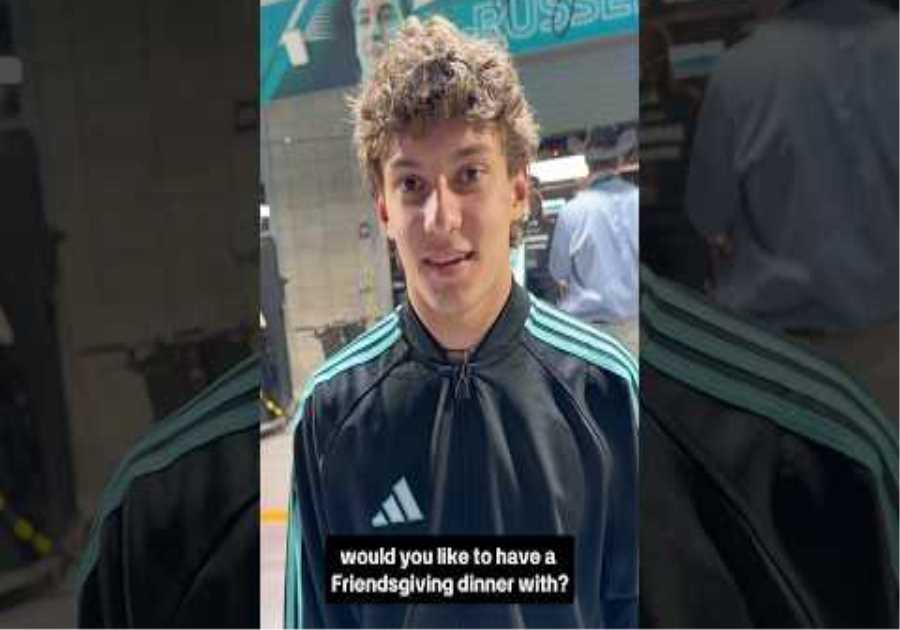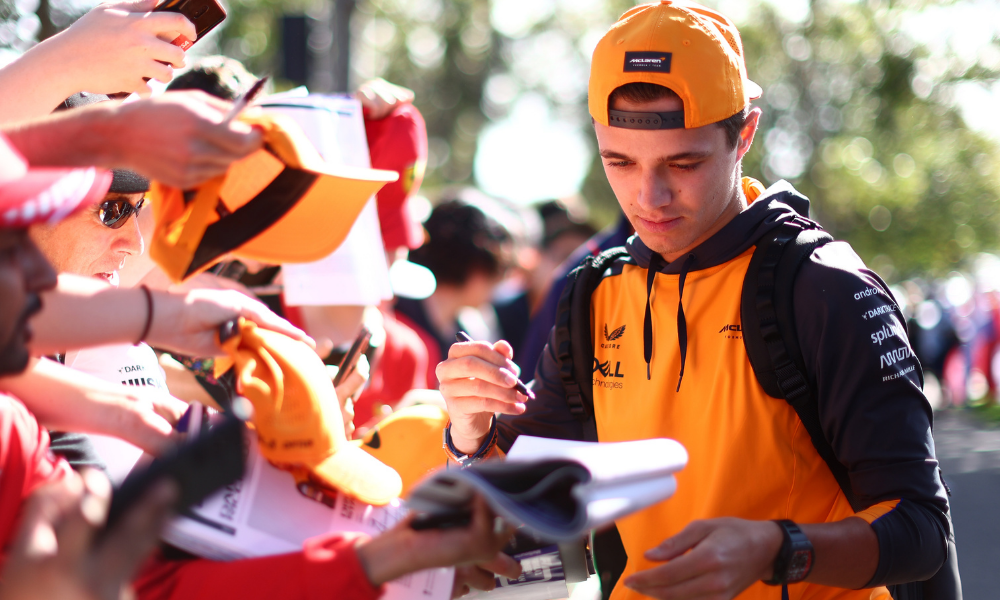
When Zak Brown was first announced as executive director of McLaren Technology Group in 2016, the Woking-based team faced an entirely different landscape compared to its current position within Formula One.
The team was on the verge of concluding its second season in partnership with Honda, one of its former engine suppliers, in what would ultimately be fallow years for an outfit that had won championships with the likes of Lewis Hamilton, Mika Häkkinen, Ayrton Senna, and Alain Prost.
However, as McLaren Racing’s chief marketing officer Claire Cronin points out, this set the foundations for what the team is like today.
“We were coming from a position where, when Zak took over, we were not winning races,” she tells the BlackBook. “He saw the opportunity for us to work together to actually give fans an insight into how we are going to get back to the front, and to make them a part of the team that helped us get there.”
Thinking outside the motorsport box
Brown’s experience at the highest level of single-seater motorsport resulted not only in a change of the team’s fan engagement approach, but its ethos across the board.
Cronin is one example of how the team has shifted its approach. Having worked for Barclays and private aviation business NetJets, she moved to McLaren from her previous role as senior vice president for marketing and chief marketing officer at Virgin Atlantic.
Crucially, she had no experience within motorsport. Breaking out of the old routine and, specifically, McLaren’s goal of becoming more than just a Formula One team meant ensuring that the organisation could draw on the widest range of views available, not just from an insular motorsport perspective.
For Cronin, the importance lies with how the team carries itself and, therefore, how that translates to its relationship with fans and sponsors.
“One of the reasons Zak hired me as somebody who’s outside the sports industry is to bring some more of that corporate best practice to the table,” she explains.
“One of the things that attracted me to come and work in the team is that our brand values straddle all employees, and they straddle the drivers themselves.”
Cronin defines these brand values as “humility” and “ingenuity” – but what does this mean?
“Whichever position you occupy in the team – whether that’s CEO, team principal, driver, or an entry level exec – we want everyone to demonstrate humility,” she says. “In Australia, we had [driver Daniel] Ricciardo gift every single employee one of his new caps from the Australia range because he recognises their efforts and he’s really grateful for all of their support.”
Everyone is expected to follow the same values at McLaren – even Lando Norris (left) and Daniel Ricciardo
Having this modest spine throughout the team ensures its approach to ingenuity is one of open-mindedness.
“We always want to be able to do things slightly differently for our fans,” Cronin continues. “Our brand essence is all around being pioneering. We want to do things that are very disruptive, very different. For us, that also means not just focusing on our driver portfolio, it’s actually showcasing the team behind the team.”
With that in mind, Cronin believes it to be crucial that every member of the McLaren Racing team is an ambassador of its values. This is increasingly important the more the team switches up its approach to fans, as it seeks to bring its followers more insight into the inner workings of the organisation and the people at the heart of it.
That strategy is something that will be obvious to any regular watchers of McLaren’s ‘Unboxed’ series on YouTube, which offers a behind-the-scenes look at the team over the course of a race weekend.
Cronin explains: “We have this principle in Formula One which is about decision making at the point of knowledge. So, if you want to know something about tyres, you’re better of hearing that from Hiroshi [Imai, McLaren’s director of race engineering], not from the drivers. Or, if you want to know something about fitness, you should speak to Jon Malvern, Lando [Norris’] fitness coach.
“We’re always trying to draw up different personalities within the team across the different race series to ultimately serve our goal, which is to grow our fanbase and to monetise that fanbase better than anyone else.
“We try to always unearth the personalities who can tell those right stories. We now have Emma Gilmour as our first female driver [in Extreme E], so we can now reach a new demographic through her.”
Emma Gilmour, McLaren Racing’s first ever female driver, with Extreme E teammate Tanner Foust
Branching out
McLaren’s move into off-road racing series Extreme E is a further indication of the team’s efforts to diversify, as was the organisation’s decision to purchase the Mercedes-EQ Formula E team, adding to its existing commitments in IndyCar and esports.
Having a wide portfolio of teams means that McLaren can draw on the different series and their drivers within those to achieve different objectives. How the team realises these very much depends on which audience it wants to target, and Cronin points out that the Formula One following is certainly not one single entity, referencing what she describes as “trend” and “avid” fans.
“Avid fans grew up on the sport, they typically would have watched it with their dads back in the day and that’s how they came into the sport,” she explains. “Trend fans are more transient, more casual fans who are more attracted to the whole lifestyle piece.
“If we’re trying to reach fans who have never followed Formula One, then an opportunity for us to reach those people is through those new series. Extreme E is a great example. We’ve never done off-road racing, we’ve never had a female driver before. This gives us an opportunity to reach an audience that really cares about the environment, that cares about gender equality, etc.”
When moving into new series, Cronin says McLaren will always ask two questions: “How does this help us reach new fans and how does it help us excite and engage them in a different way?”
For example, this resulted in the creation of ‘Pato’s Home Fiesta’. Pato O’Ward, a Mexican driver for the Arrow McLaren SP team in IndyCar, has a fierce home following and the team wanted to ensure it did something unique for the fans by putting on a special event for his homecoming.
“This year, we activated Home Fiesta at Texas [on 17th March],” says Cronin. “It’s his home state and it was his first [race] weekend with us last year, and it was brilliant because it reached all the Spanish-speaking audiences. We did our first ever Spanish translation for the content series, and that showed the fans that we’re not just treating them generically.”
Pato’s Home Fiesta was a success
 @wann317 pic.twitter.com/Ty4HLAA34S
@wann317 pic.twitter.com/Ty4HLAA34S
— Pato O’Ward (@PatricioOWard) March 18, 2022
A marriage-like partnership approach
Racing in new series not only allows the team to target new audiences, but it also enables it to deliver greater engagement for its partners.
“We can see that, from a brand partner perspective, it’s really important to them,” Cronin explains. “So, brands like Dell who started out in just Formula One have then seen us expand to Extreme E, and then they have expanded to that platform also. They recognise it gives them the opportunity to do something different for their brand.”
But how does the team go about targeting the right partners?
“We look at every partner, we always say that, for us, it isn’t just a sticker on the cars,” Cronin asserts. “We approach partnership from the perspective of marriage – we expect them to be with us for the long term.
“We want to embed them deeply into the team so that it is a sticky relationship that endures through the ups and downs of performance. So our partners stick with us when we’re further back on track than we want, and then they stick with us when we’re winning.”
According to Cronin, the relationship between sponsorship and on-track success will always be closely linked as “sponsorship has to deliver commercial return”, but it is crucial for the team that these partnerships “deliver what we need from a business perspective also”.
“With our tech partners, that is about giving us that extra performance on the car,” Cronin adds. “With brands like Hilton, it’s about giving us access to the best hotels all around the world.”
We approach partnership from the perspective of marriage – we expect them to be with us for the long term.
Claire Cronin, Chief Marketing Officer, McLaren Racing
These so-called “sticky relationships” ensure that McLaren’s partnerships function efficiently and effectively for both parties, something that prevents it from becoming just “a sticker on the cars”. Cronin believes a good case study is the organisation’s relationship with its longest standing partner Hilton, which has sponsored the team for 16 years.
“Through that longevity comes trust, because we understand how the other business operates,” Cronin considers.
“Also, through that longevity comes more inspiration and more innovation – you’ve built up the trust where you can really push the boundaries on experiences.”
So, when a global pandemic hits and businesses are required to adapt in a way they have never experienced before, it helps to have a relationship built on trust to fall back on.
“When our partnership started, [Hilton] was all about trying to reach the business audience, so it was really important for them to come to races and be able to do the B2B networking side,” Cronin continues. “Then, in the pandemic, all businesses stopped travelling, so their whole business pivoted to being about leisure.”
That broader change of focus for Hilton meant the way the company activated its sponsorship with McLaren had to shift as well. To that end, the pair collaborated to give a member of the Hilton Honors programme an opportunity for their child to be driven to school by Norris. The resulting content piece ultimately generated more than 1.5 million views on YouTube and achieved the objective of showcasing Hilton’s unique customer experiences.
This adaptability is what sits at the heart of McLaren’s commercial relationships and, as Cronin outlines, it works both ways to ultimately benefit the team’s on-track performance.
“In Singapore, when we stay with Hilton, they flip the room service because it’s a night race,” she says. “So they stick on the same time zone as the team coming out to enable them to perform at their best. We’re already working with them on the Vegas race for next year, which is also going to be a night race.”
Being flexible, however, also means being open to getting things wrong. This is no more important than when the team runs special liveries for marquee events such as last year’s Monaco Grand Prix and last weekend’s Indy 500. After all, as Cronin points out, “people get very protective over the car”.
“Sometimes we’ll get [the colour] right, sometimes we won’t,” she adds. “The Gulf livery takeover for Monaco was absolutely beautiful, it also spawned a clothing range and that’s a brilliant example of where we got it absolutely bang on.
“We use it to generate learning as to what [fans] didn’t like about it, whether it’s the colour, the application of the colour, and what we can learn from it for the future ones that we do.”
The special Gulf-themed livery ran at last year’s Monaco Grand Prix was a huge hit with motorsport fans
Keeping one eye on the future
More broadly, Cronin says McLaren are always exploring areas to improve with the future in mind, even looking at how businesses in other industries operate when it comes to generating loyalty.
“When I look at Hilton and how we as a team are trying to grow and monetise our fanbase, I look at the brands in hospitality who’ve got the biggest membership programmes in the world, who’ve been in the loyalty game for a long time,” says Cronin.
“We can learn a lot from them about how we collect data on our fans, how we personalise experiences for them, and how we partner with brands to enhance it.”
The team has also looked at the financial and tech industries to understand how they have worked to improve diversity in a traditionally male-dominated world, something Cronin knows all too well having worked in banking for 20 years.
“Those are the two industries who’ve done the most in terms of advancing the agenda around getting more diversity around their employee base through ethnic communities and women,” she says. “We’re learning a lot from them about how we break down perceived barriers to our sport.”
Finally, in the content space, even with its hugely successful Unboxed series, Cronin still wants the team to do more to transcend the motorsport world.
“We’re right in the middle of creating a movie, which will be released next year,” she reveals. “We don’t want to be a motor racing team releasing a film for motor racing fans, we want to be a brand that is penetrating popular culture that brings people into the sport and gets them watching a film that they might not have otherwise picked up.
“We’re constantly looking outside of our sector, we can learn a lot from those different players. It’s a great way to cross-fertilise knowledge and raise the levels and standards that everyone’s working to.”

